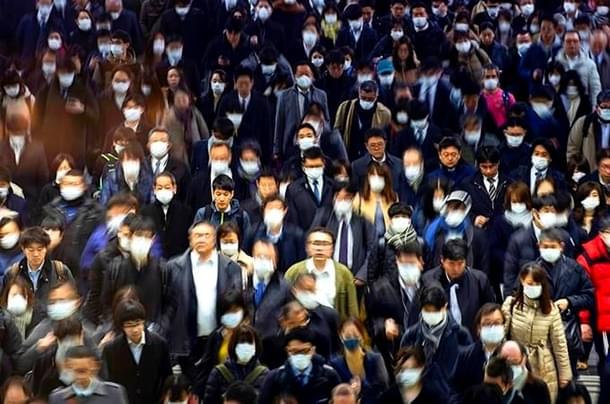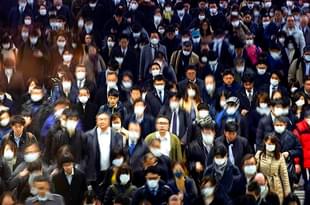News Brief
Explained: What Is Herd Immunity And Can It Help Slow The Spread Of Coronavirus?
Swarajya Staff
Apr 02, 2020, 11:19 AM | Updated 11:18 AM IST
Save & read from anywhere!
Bookmark stories for easy access on any device or the Swarajya app.


As the coronavirus pandemic spread, most of the countries’ response was to put restrictions on the free movement and assembly of the people.
Those who were late, like Italy, had to pay the price, and those who were diligent, like Singapore and Taiwan, better controlled the spread.
India is also under a 21-day lockdown to control the spread of the epidemic. However, there are costs involved.
This has raised questions if there are ways other than social distancing to stop the coronavirus pandemic.
One way out is a vaccine. The good news is that countries across the globe, including India, have fast-tracked the testing of a variant of BCG vaccine that has shown some promise against the COVID-19. However, we might still be months away from a commercially viable, widely accessible vaccine.
A third, and potentially effective option, is to go about the business as usual and let the herd immunity against the virus kick in.
What is herd immunity?
Herd immunity or population immunity is a form of indirect immunity which kicks in when a sufficiently large number of people becomes immune to a disease.
Since a large number of people are immune, they are less likely to contribute to disease transmission, breaking the chains of transmission of the infection.
The greater the proportion of immune individuals in a community, the smaller the probability that non-immune individuals will come into contact with an infectious individual.
This way, herd immunity saves an individual who does not have immunity against the disease. Individuals become immune after recovering from a disease, or vaccination.
Herd immunity is what leads to the eradication of a disease after vaccination reaches a certain number of people. For example, the eventual eradication of smallpox in 1977 and ongoing efforts for polio eradication.
In the past, herd immunity has broken the outbreaks like that of the Zika virus in southern America.
Herd immunity, therefore, also discourages the research and development of vaccines.
In 2017, it was reported that drug maker Sanofi quietly abandoned a Zika vaccine in development as there simply wasn’t much of a market any longer.
Can herd immunity help in case of COVID-19?
Different leaders around the world, from Boris Johnson of United Kingdom and Mark Rutte in the Netherlands have expressed the opinion to build up some kind of herd immunity while slowing down the spread of the virus.
Globally, about 80,000 people have recovered from the novel coronavirus already. However, the degree of immunity remains unknown.
The more fast a virus spreads, the more people need to be immune for us to achieve herd immunity. Scientists have estimated that for the herd immunity, the COVID-19 epidemic is going to require nearly 50 per cent of the population to be immune.
However, without a vaccine, the only way sufficient number of people can be immune is only if they get infected.
So why not let the virus spread, instead of social distancing? After all, less transmission means no herd immunity,
The reason is that for the herd immunity, people not just have to get infected, but also survive. A fast spread of the virus may drive up the loss of lives in the short term, and put excessive burden on the healthcare system. Hence, the lockdown.
“Suppressing transmission means that we won’t build up herd immunity,” Azra Ghani, the lead epidemiologist, Imperial College London, was quoted as saying by Technology Review.
“The trade-off of the success is that we are driving it down to such a low level that we have to keep those [lockdown measures] in place,” she added.





